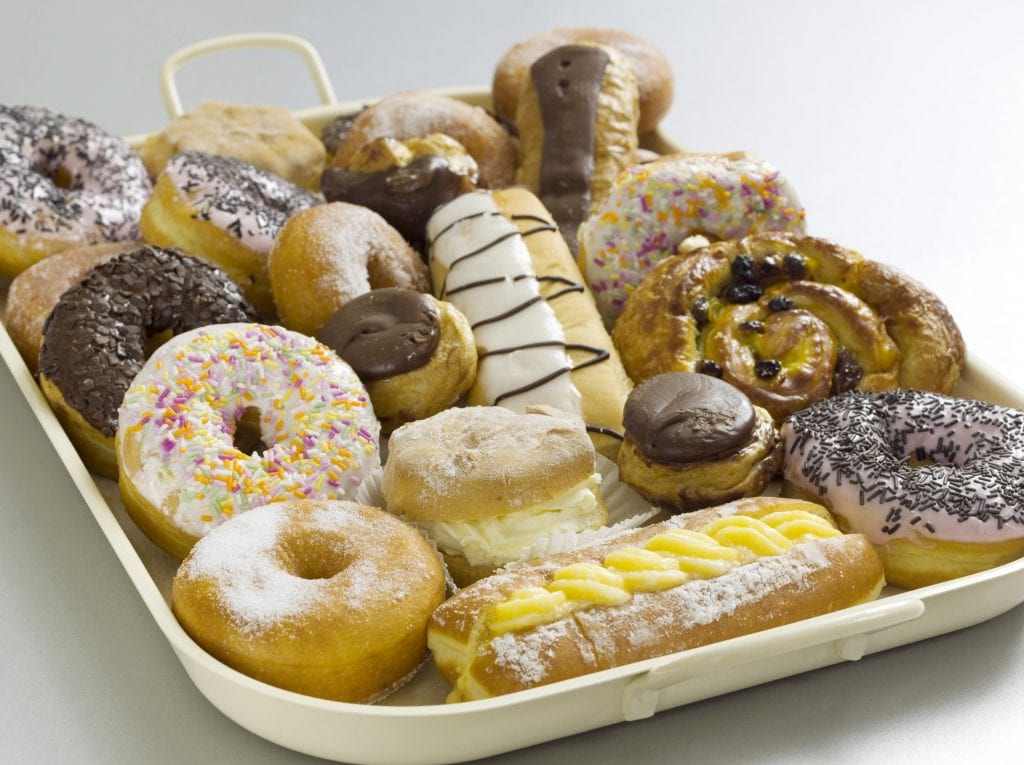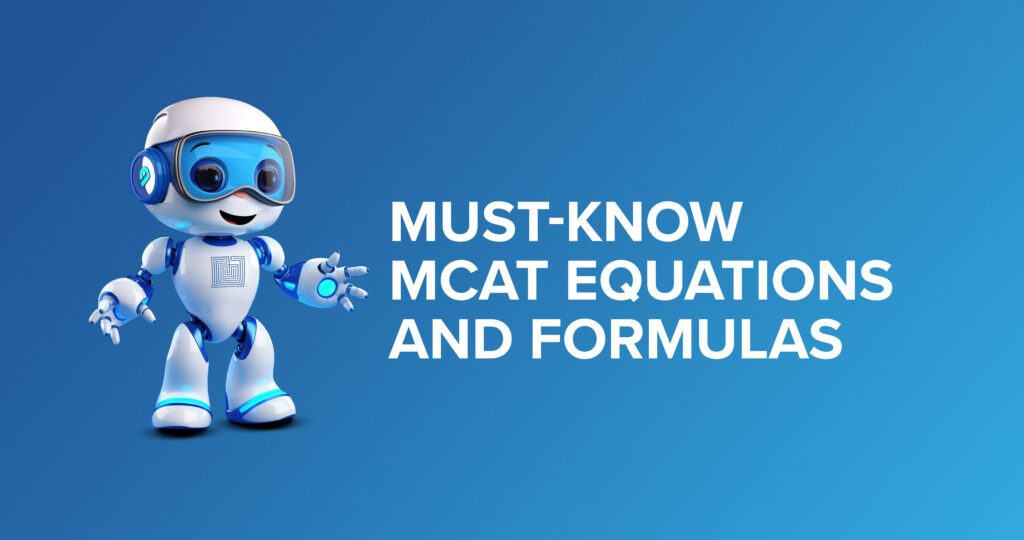In response to CCK, the gall bladder will release bile salts into the duodenem where they aid in fat digestion. Which of the following best describes the function of bile salts?
A) Breakdown of fat molecules by cleaving the linkage between the fatty acid chains and the glycerol backbone
B) Increasing the speed at which fat is digested by increasing the surface area over which enzymes have to work
C) Binding to lipid molecules for transport in the blood in the form of chylomicrons from the intestines to the liver, where the fat will be processed.
D) Neutralizing the HCl in stomach acid allowing the fatty acids in lipids to be processed in the carboxylate anion form rather than the protonated acid form.
Explanation
Bile salts serve to emulsify the fat as it enters the duodenum. That is, they don’t break the chemical bonds within the molecule itself, they break up large fat globules into smaller lumps, creating more surface area for lipase to act. This increase in surface area lets lipase act much more quickly to digest the fats. Therefore, B is the
A: This is the function of lipase, not bile salts.
C: This is the function of apolipoproteins.
D: Stomach acid is neutralized with bicarbonate from the pancreas.
Want more MCAT practice?
We’ve got options for every schedule and learning style!
From the best online MCAT course created by top instructors with 524+ MCAT scores to the most representative full-length practice exams and private tutoring, we can custom tailor your MCAT prep to your goals!
Not sure which option is right for you? Schedule a free MCAT consultation with an MCAT Advisor using the form below. No obligation, just expert advice.
Search the Blog

Free Consultation
Interested in our Online MCAT Course, One-on-One MCAT Tutoring or Med admissions packages? Set up a free consultation with one of our experienced Senior Student Advisors.
Schedule NowPopular Posts
-
MCAT Blog What's on the MCAT?
-
MCAT Blog How to Review MCAT Full Lengths

Free MCAT Practice Account
Need great MCAT practice?Get the most representative MCAT practice possible when you sign up for our free MCAT Account, which includes a half-length diagnostic exam and one of our full-length MCAT practice exams.
Learn More







